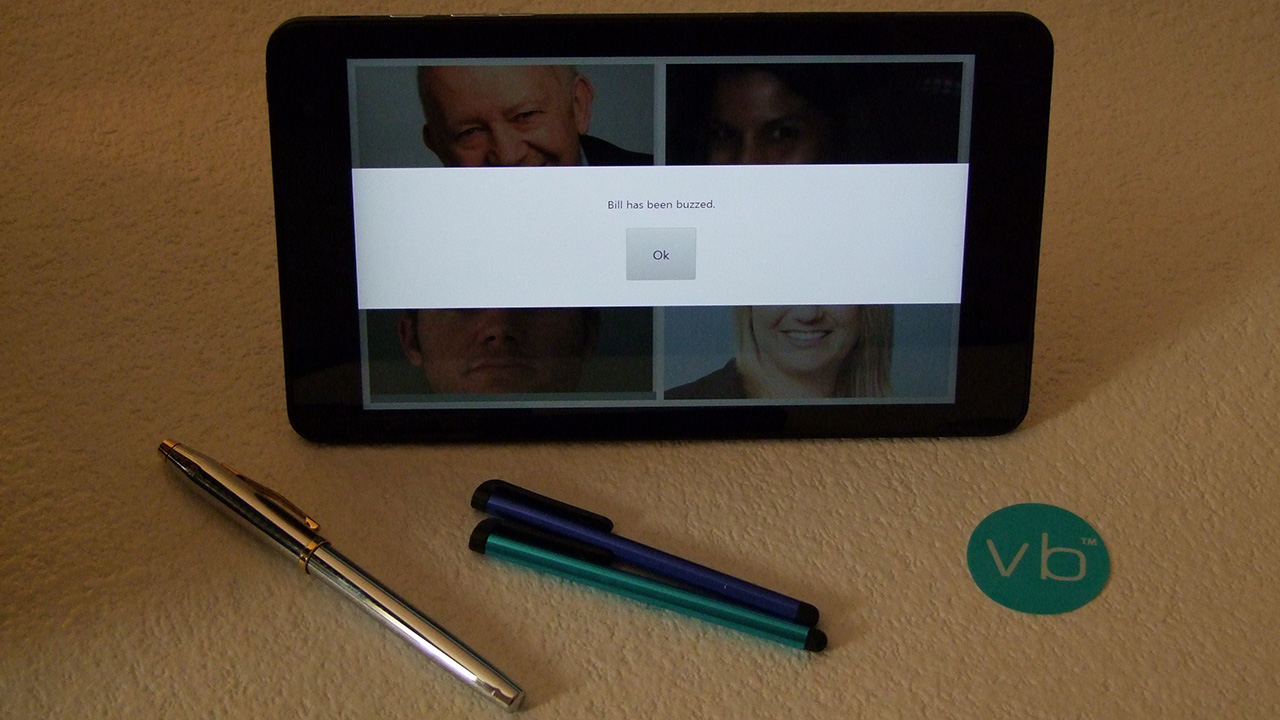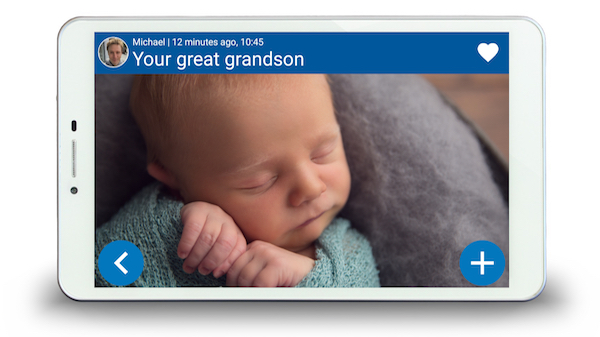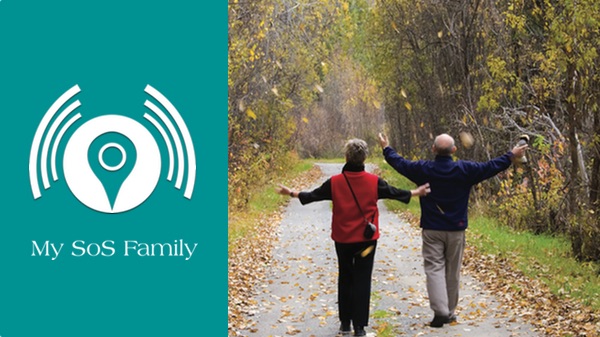On-line innovations enhance elderly social care
Shirley Ayres discusses her views on digital technology to enhance social care
There has been considerable debate about the role of digital technology in social care
Understandably there are concerns that the use of technology somehow depersonalises what is often a very personal service
I fully accept that technology is not a magic bullet to address all of the complex problems we are confronting as a society and digital technologycannot, of course, replace human contact, kindness, empathy and understanding. But it does allow people to connect in different ways, quickly and easily
Digital technology and social networks provide some of the most powerful tools available today for building a sense of belonging, support and sharing among groups of people who share similar interests and concerns
Re-think support for older adults
I believe we need a dramatic re-think in the way that care and support is organised for adults in the UK
This should focus on keeping people healthy and independent for as long as possible and preventing crises before they occur
It does not seem that statutory social services recognise the reality of the digital age and how technology is supporting the development of new social networks, social learning and sharing resources
We need a major cultural shift which recognises the role of technology in shaping services which are focused around an individual’s needs and aspirations. “The future for personalisation? service users, carers and digital engagement” examined the relevance of social media to the development of personalised social care in general, and to self-directed support in particular
Why do so few local authority directories of care services mention the availability of technology innovations and online resources despite the wide range available?And the range of resources available (and those in development) really is vast: from Tyze and Mindings to DropBy and Casserole Club to name just a few
More of these examples are presented in my Provocation Paper but beyond the challenge of making these better known, there were a number of recurring themes that emerged as I prepared this paper
Firstly there are a large number of reports about people in later life and their use of the internet, the importance of access to information and support and how to tackle digital exclusion
But there seems to be a disconnect between the many organisations with an interest in this area. I read over sixty papers written by thirty organisations with many sensible and practical recommendations
What is not clear is how many of these recommendations have been implemented
Secondly there are hundreds of digital technology innovations being developed and supported by a range of funders. Paradoxically we are not using technology to make these innovations more accessible and available to a large market which includes individual users, carers, commissioners and care providers
Care and support in the 21st century requires much more connected thinking across social services, health, housing, education and employment. Technology and social media can facilitate this process
The increasing use of Twitter and Twitter chats such as @nhssm, a weekly online chat to get the NHS talking about social media and how it can benefit patients, demonstrates the power of digital engagement to break down professional silos
The difficulty with innovation in the care sector is compounded by the fragmented nature of service provision. Service commissioners are not always aware of what is happening outside of their own locality and innovators are not connected to existing care networks
We need a mindshift away from a focus on technology as a means to an end and to think about how technology can help address social challenges. This is because digital exclusion goes beyond the 7.6m people in UK who have never used the internet
It is also about how technology can improve the quality of life for everyone with better design and improved access to the internet.
Enabled by Design is another approach: a community of people who are passionate about well-designed, everyday products that challenge the one-size-fits-all approach to assistive equipment
Enabled by Design encourages people to share their views and experiences of assistive equipment, share wish lists about improving products and services, and post information, reviews and comments
It is an excellent example of a website that encourages people with a disability to share information and thoughts about products and services that are improving the quality of their lives.
Using innovation to promote social good
But again, the challenge is how can we use technology to connect all of these exciting projects, learn from them and start scaling up innovation to share and promote social innovations for social good?
Let us explore appropriate forums online and offline which bring together public, not for profit and private organisations to encourage and support designers, developers and innovators to create new ways of using digital technology to support us all in living more fulfilling and connected lives.
As Professor Stephen Hawking said, when accepting his AbilityNet ‘Excellence in Accessibility Award’ at the Technology4Good awards September 2012:“Technology is a vital part of human existence
They show us that the right tools in the right hands can help everyone, regardless of our frailties, to achieve our true potential and advance as a civilisation.”
These are exciting times and I hope my Provocation Paper encourages you to explore the potential of digital technology to enhance social care. You can also follow me @shirleyayres
With thanks to Nominet Trust











